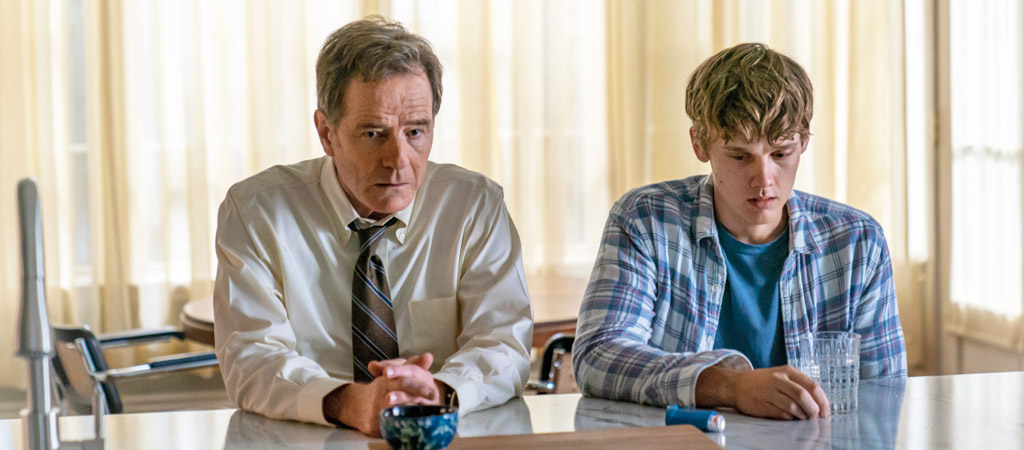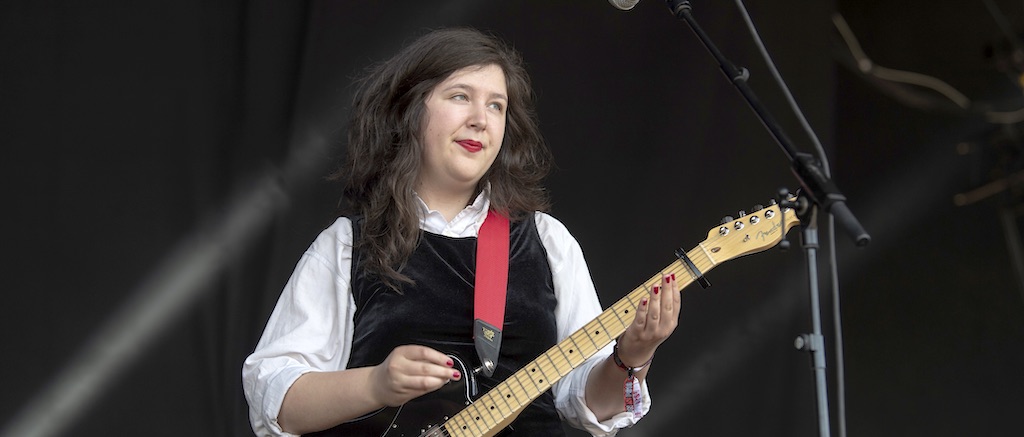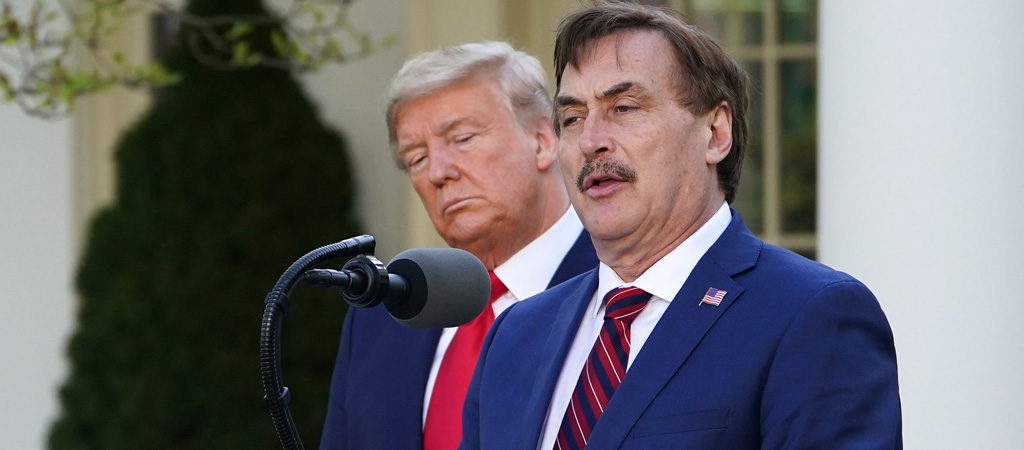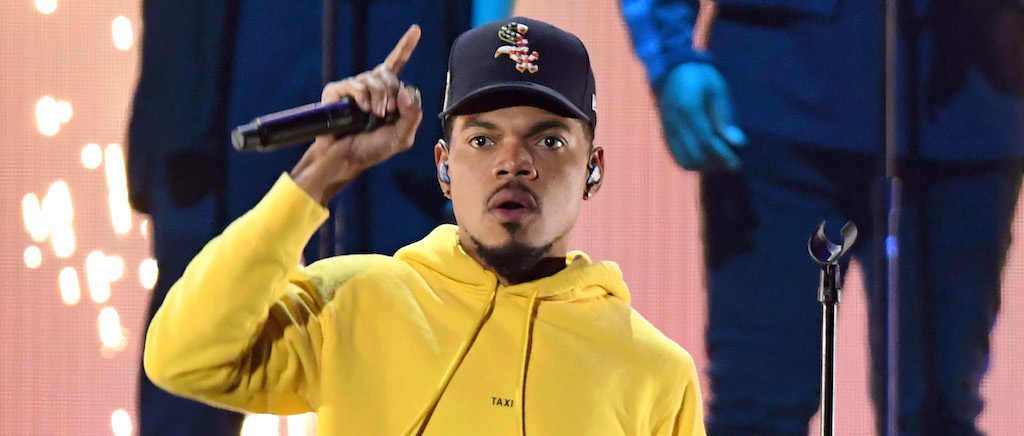
“I don’t think I had a coherent style beyond wanting to be comfortable,” Jake Lyon says. “What that actually entails, I didn’t think about nearly as much until I was in a career that put me in the public spotlight. There’s a very public side to esports and gaming — it’s all entertainment, at the end of the day.”
Lyon, a retired esports competitor and present-day commentator, seems deeply entranced by the allure of a quiet life. It’s part of what guided his decision to transition from the high-stress world of esports to a more removed, lower-stakes role, on the sidelines. It’s also evidenced in his preference for casual clothing, like the outfits by American Eagle he chose for this remote photoshoot.
“Everything is functional and comfortable,” he says. “I can wear it all day and not think about it much, but there’s still some stylistic depth to it. I can go in different directions with American Eagle pieces. I think having that level of freedom and knowing that I want to dress in a way that is casual and comfortable just makes sense for me.”
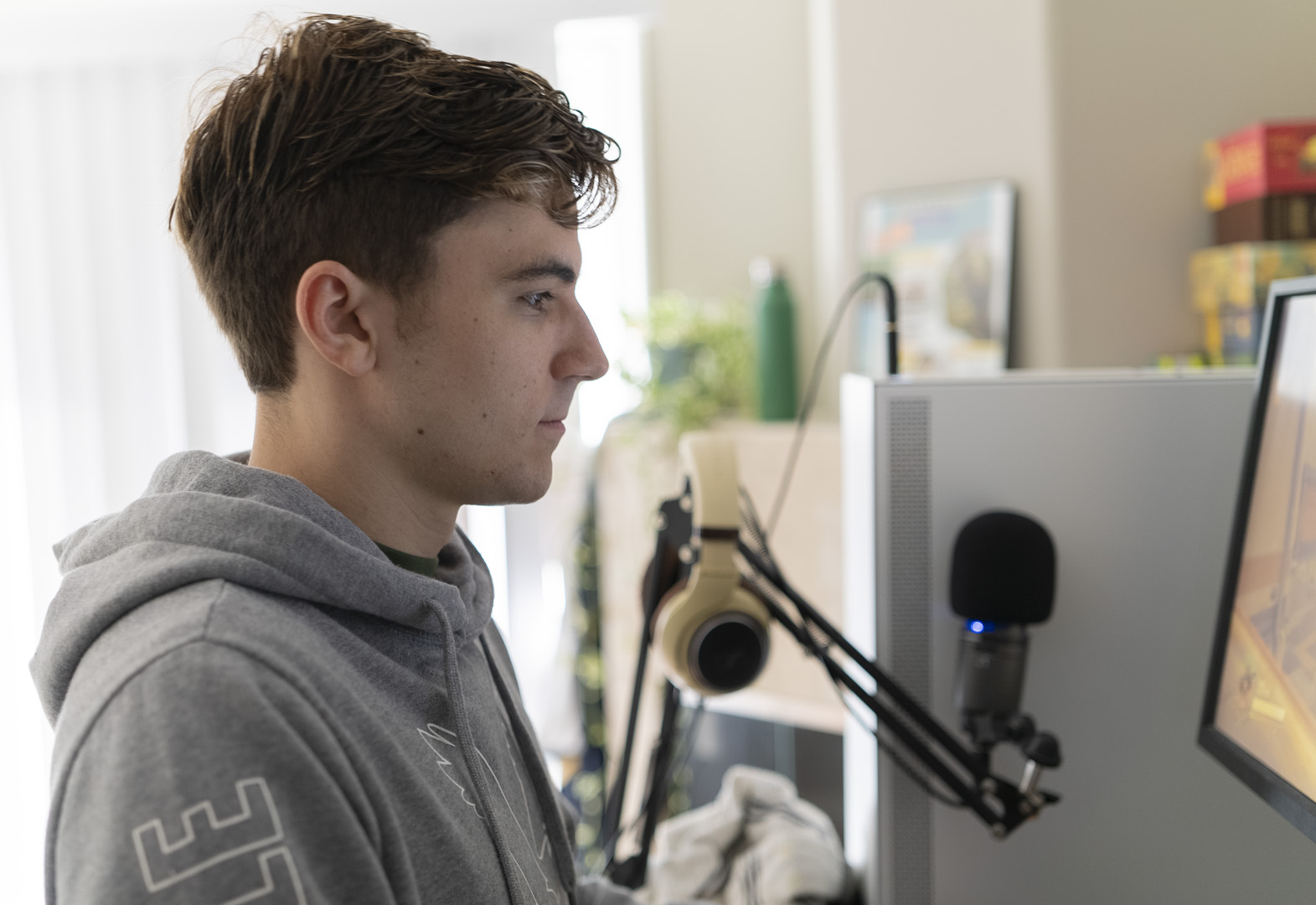
Speaking via Zoom, Lyon admits that prior to becoming a live broadcaster, he never put much thought into the clothes he’d wear. But with the weight of the new job came an expectation of professionalism. Even in the casual world of gaming.
“It definitely made me think more about the clothes I was wearing and influenced me to make more conscious decisions in my everyday style,” he notes. “As gaming grows, you’re starting to see brands within the esports space take a more serious look at the merchandise they’re putting out. More and more people are putting thought into what they wear because their audience is so big.”
That rapidly growing audience actually got a little too large for Lyon’s comfort. He stepped away from being one of the most competitive professional gamers at the height of his career for a calmer existence in esports casting.
“I wanted to reevaluate my lifestyle and take a more holistic approach to what I was doing,” Lyon says of the transition. “Being a pro gamer there are some things that are really amazing, but it’s also super intense. You have to be on all the time, I wanted a change of pace.”
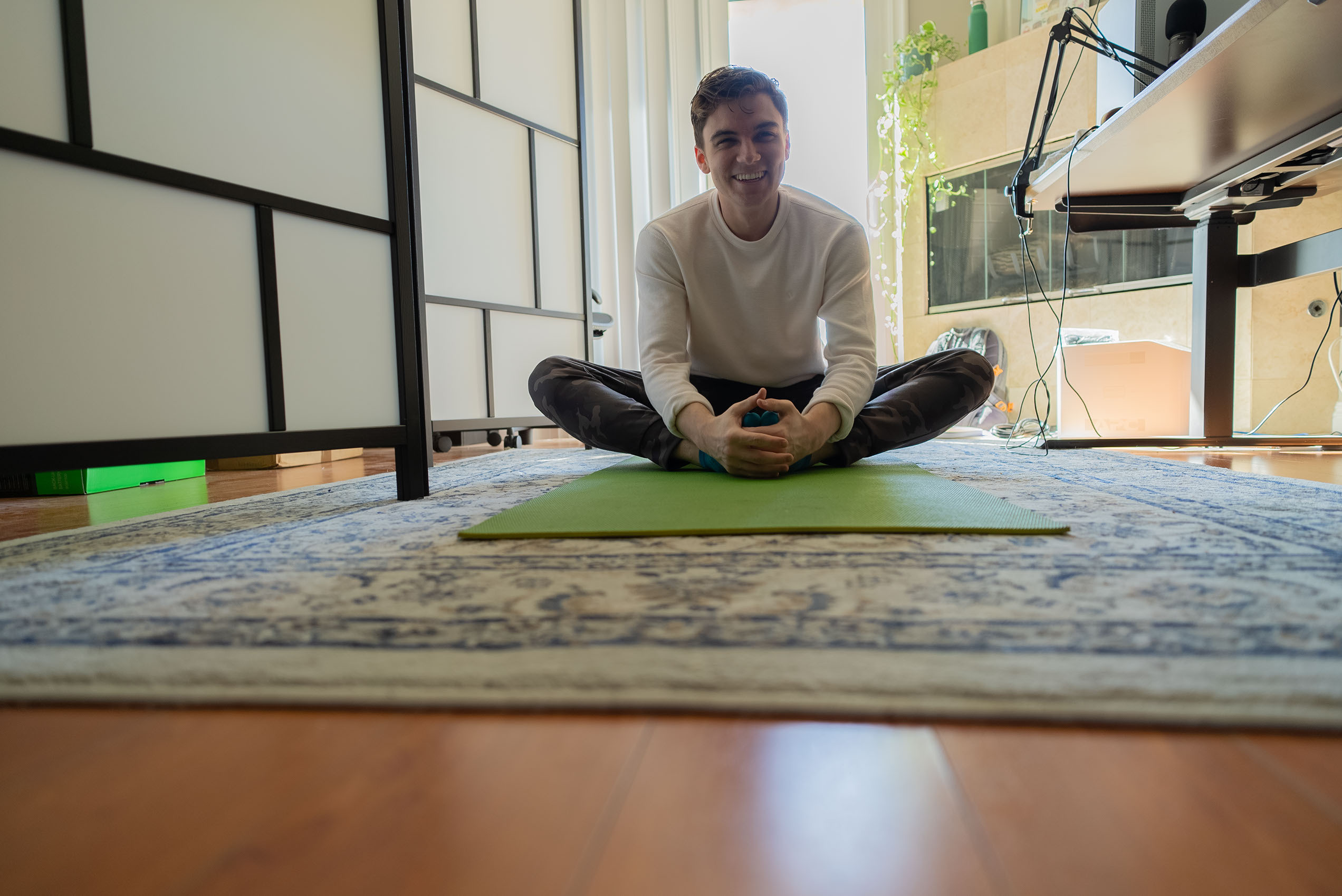
Lyon’s “retirement” wasn’t of the gated-community/fixed income variety, though. In 2018, there were an estimated 25.7 million esports viewers in the United States alone, a figure which is projected to rise to 46 million in just three years. With an audience that large, there’s a demand for experts who are adept at interpreting the action.
“With casting, it’s not a huge step away from competing,” he says. “I can use my knowledge as a competitive player and my understanding of the game to help deliver to the viewers a better understanding of what’s going on and why they should watch a certain player.”
This transition doesn’t mean Lyon has given up on playing at a high level, either. While he’s more likely to spend time on stress-free farm simulation games, he still plays Overwatch. In fact, he’s still ranked as one of the top 50 players in North America — thanks to a lingering competitive drive that he says is “carved into his brain.”
That continued passion for gaming is also what has made Lyon such an effective commentator. And while the thrill of being an esports superstar may be gone, he’s found new ways to stay hyped, without the constant stress.
“I get a lot of joy out of the opportunity to highlight players,” he says. “Especially those that aren’t in a traditional superstar role. If I can help the audience see how someone made this incredible play that saved the game or saved their team from a tough scenario, that’s really rewarding to me.”
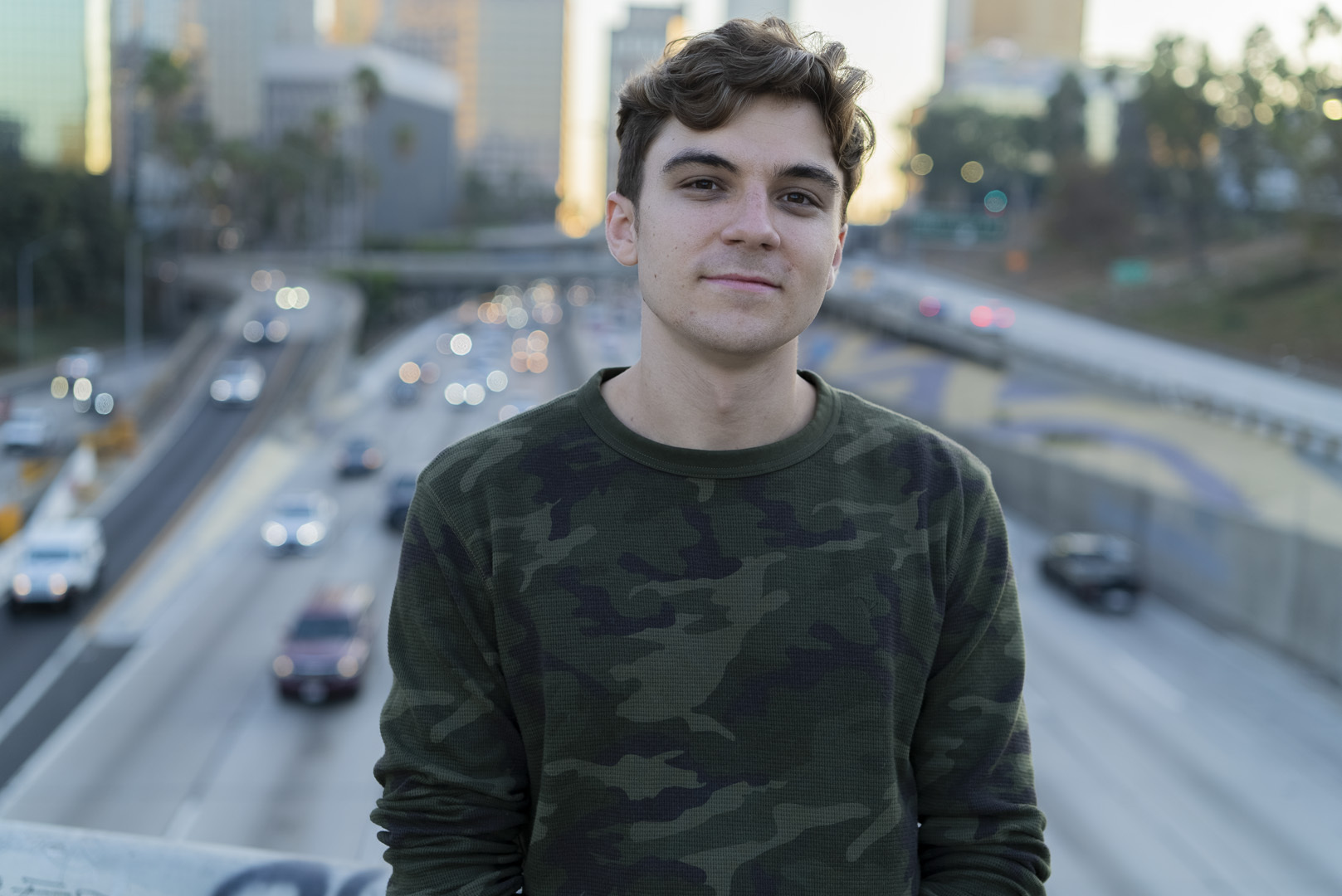

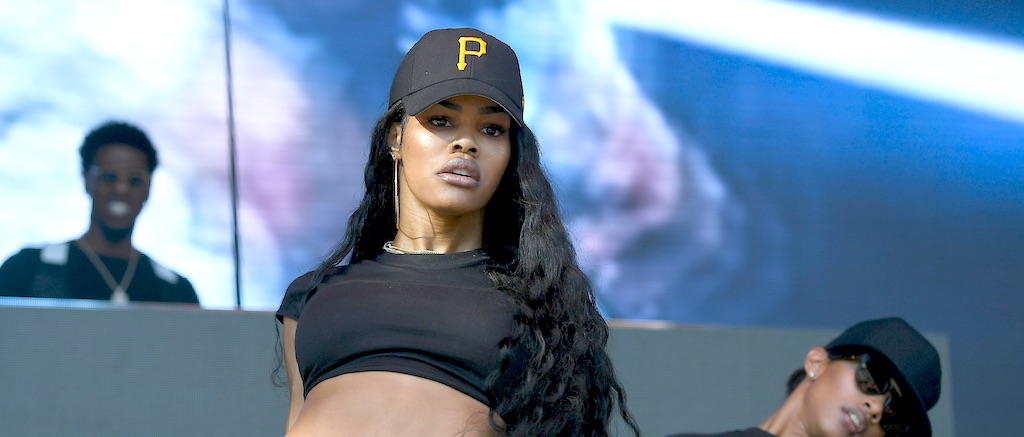

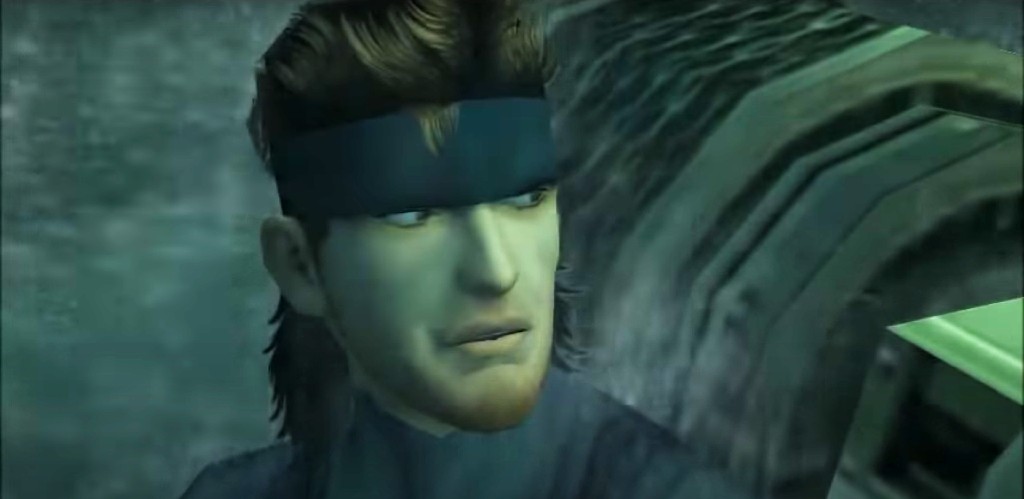
 tiles (@agayhomosexual)
tiles (@agayhomosexual)  (@marcusren_)
(@marcusren_)  netw3rk (@netw3rk)
netw3rk (@netw3rk) 